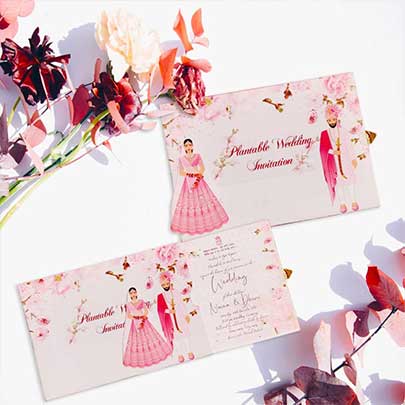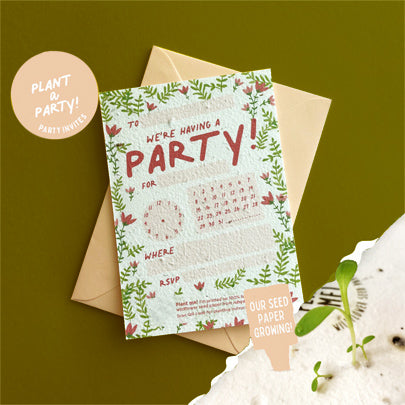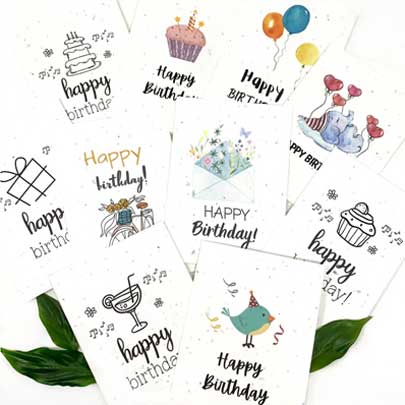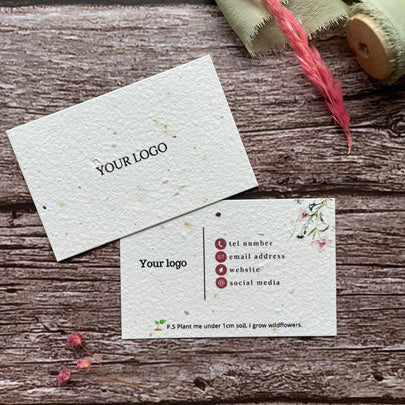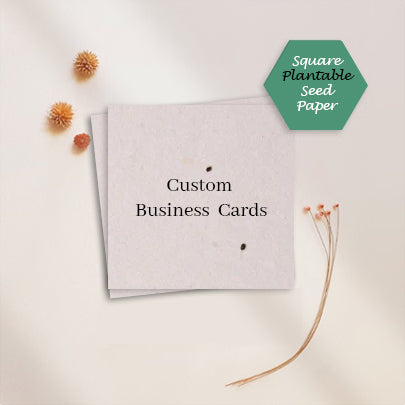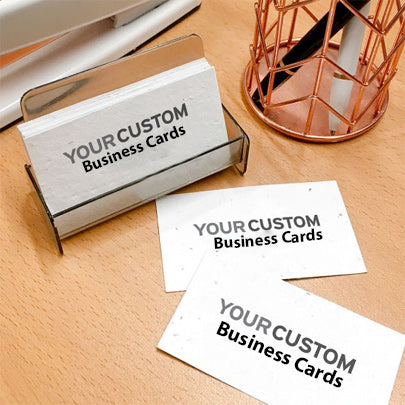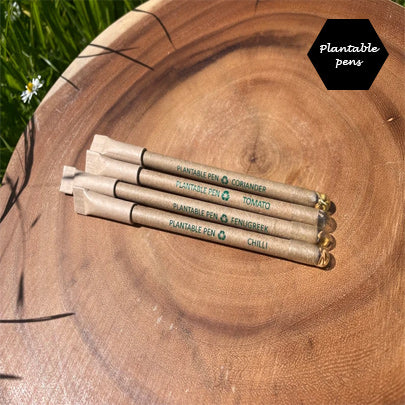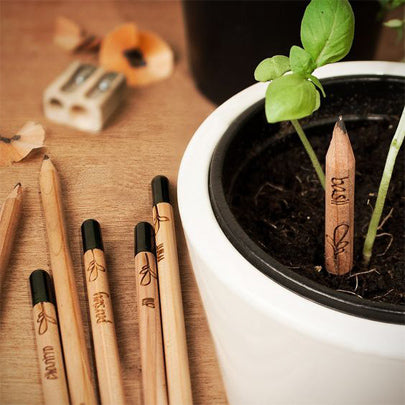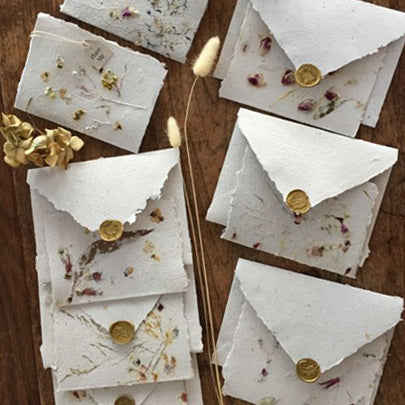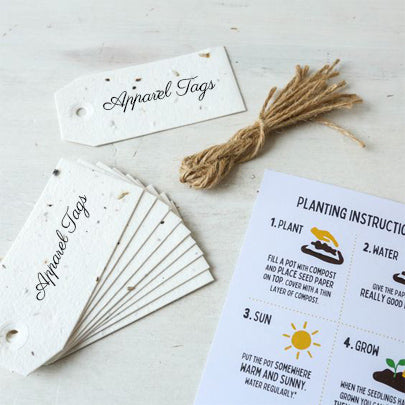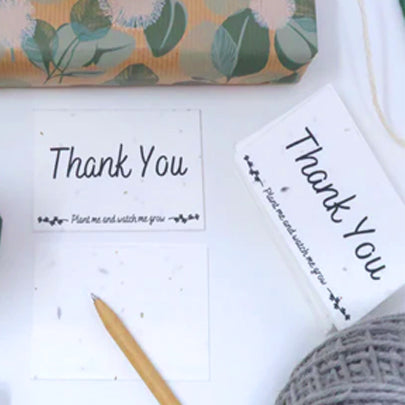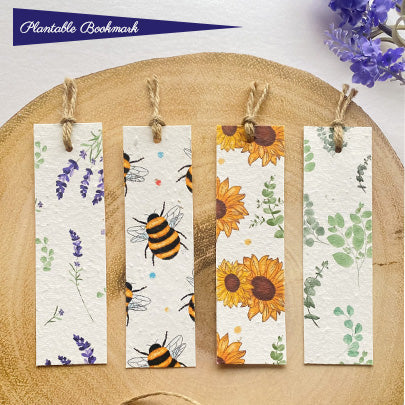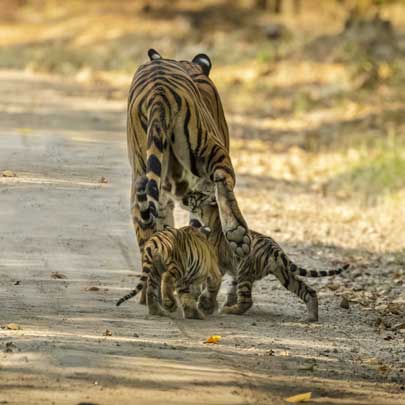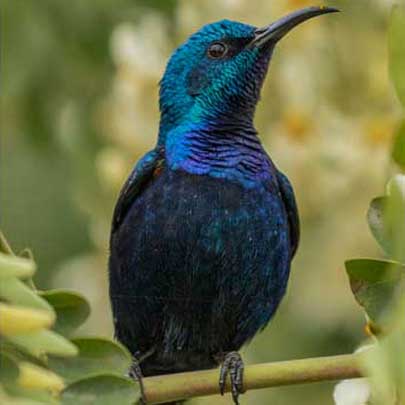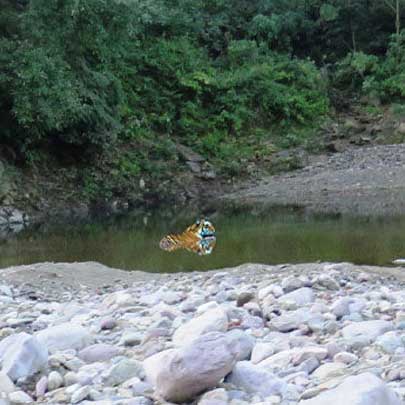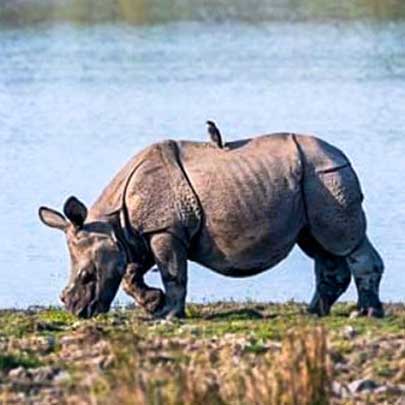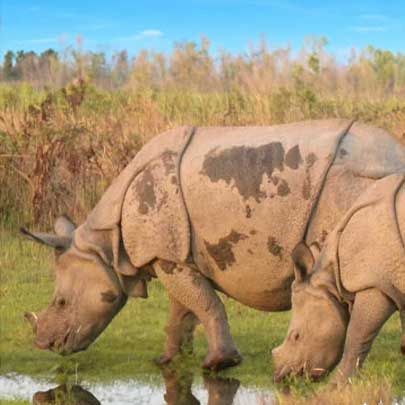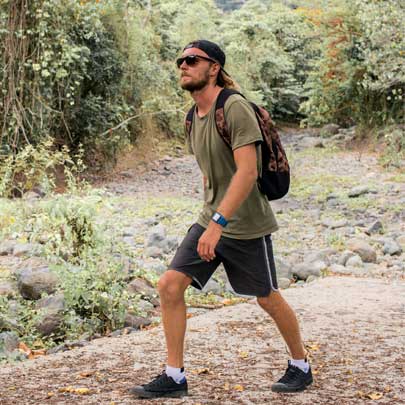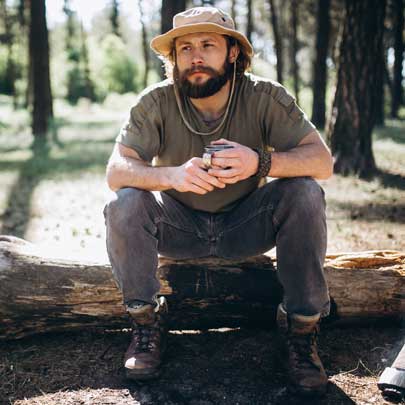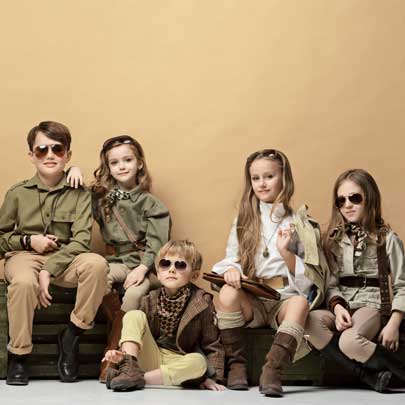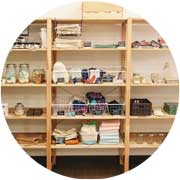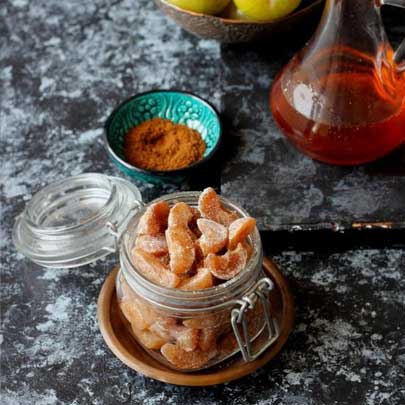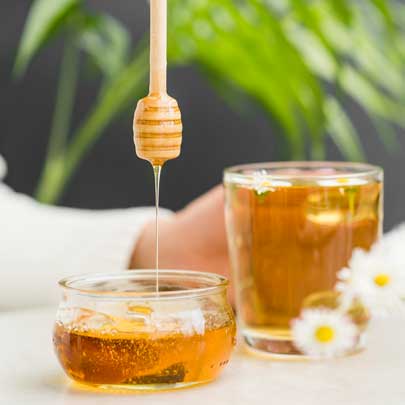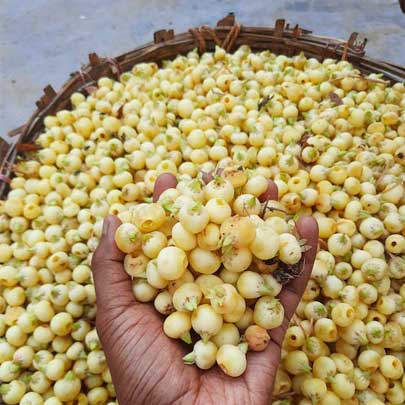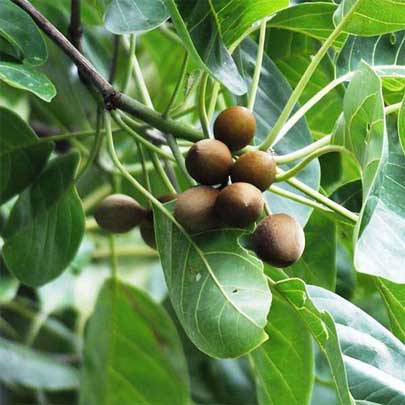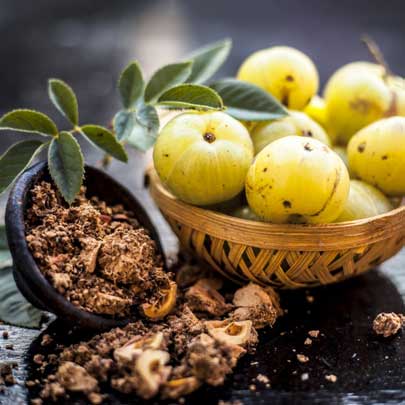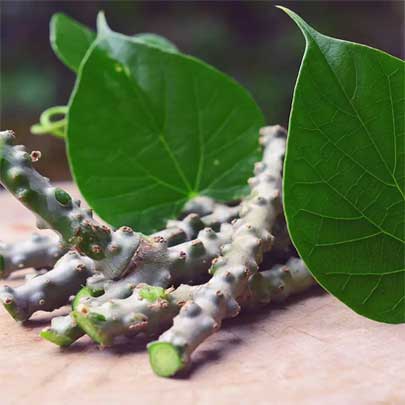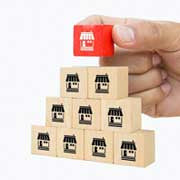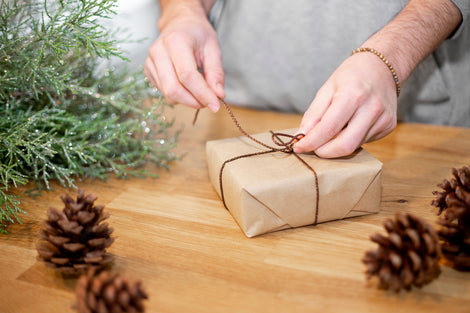How Plantable Packaging is Revolutionizing E-Commerce
How Plantable Packaging is
Revolutionizing E-Commerce
In the ever-evolving world of e-commerce, one of the most significant and eco-conscious innovations is plantable packaging. As consumers become increasingly aware of the environmental impact of their purchasing decisions, brands are shifting towards sustainable packaging solutions that reduce waste and promote greener lifestyles. Among these solutions, plantable packaging has emerged as a game-changer, offering a unique blend of environmental responsibility and customer engagement.
In this blog, we explore how plantable packaging is revolutionizing the e-commerce industry, the benefits it brings to businesses and consumers, and how organizations like Wildlense Eco Foundation are playing a crucial role in promoting eco-friendly packaging alternatives.
What is Plantable Packaging?

Plantable packaging is an innovative type of biodegradable packaging that contains embedded seeds. After the product is unboxed, the packaging can be planted in soil, allowing the seeds to germinate and grow into herbs, flowers, or vegetables. It is often made from recycled paper, cotton waste, or other natural fiber materials, ensuring it decomposes naturally without leaving behind any harmful residue.
This type of packaging is a part of the growing trend of eco-friendly e-commerce packaging, which aims to reduce the excessive use of plastic and non-recyclable materials in the shipping and delivery process.
Why E-Commerce Needs Eco-Friendly Packaging
With the rise of online shopping, packaging waste has skyrocketed. According to recent studies, e-commerce packaging waste contributes to over 30% of total global packaging waste. The environmental cost of single-use plastic and non-biodegradable materials is alarming, with millions of tons ending up in landfills and oceans every year.
Consumers are taking notice. According to Google Trends and industry surveys, searches for "sustainable packaging," "biodegradable shipping materials," and "zero-waste e-commerce" have spiked over the past three years. Today’s consumers are not just buying products; they are buying into the values of the brands they support.
The Benefits of Plantable Packaging for E-Commerce Brands

Implementing plantable packaging in e-commerce comes with a host of benefits:
1. Environmental Impact Reduction
Plantable packaging significantly reduces carbon footprints. Since it is made from natural fibers and is completely biodegradable, it doesn't contribute to landfills or microplastic pollution. It also adds greenery to the environment, quite literally.
2. Enhanced Brand Image
Using eco-conscious materials boosts a brand’s reputation. Customers appreciate brands that go the extra mile to protect the planet. By using seed-infused packaging, companies position themselves as sustainability leaders in the e-commerce space.
3. Customer Engagement
Unboxing experiences are vital in online retail. Plantable packaging adds an element of interactivity and surprise, enhancing the customer experience. Customers can plant the packaging and grow flowers, herbs, or vegetables—creating a lasting, positive impression of the brand.
4. Cost-Effective in the Long Term
Though slightly more expensive upfront than traditional packaging, the long-term savings in customer loyalty, reduced returns, and higher engagement often offset the costs. Moreover, governments are introducing incentives for companies that use biodegradable and plantable materials.
How Businesses Are Using Plantable Packaging in E-Commerce

Many forward-thinking businesses are now incorporating plantable packaging into their sustainable e-commerce strategies. Here are some common ways:
-
Seed Paper Inserts: Companies include promotional materials printed on seed paper that customers can plant.
-
Plantable Boxes: Entire shipping boxes made from biodegradable seed-infused paper.
-
Product Wrappers: Wrapping materials that double as plantable sheets.
One outstanding example of innovation and advocacy in this space is the Wildlense Eco Foundation.
Wildlense Eco Foundation: A Champion of Plantable Packaging
The Wildlense Eco Foundation, a conservation-oriented organization based in India, is playing a pivotal role in promoting sustainable packaging alternatives. With its strong focus on biodiversity conservation and reducing plastic pollution, Wildlense is actively educating communities and businesses on the benefits of plantable and biodegradable packaging.
Their eco-packaging initiatives aim to:
-
Reduce the plastic footprint in wildlife-sensitive areas.
-
Educate local artisans and businesses about creating sustainable packaging products.
-
Promote eco-conscious lifestyles through community programs and workshops.
By collaborating with e-commerce platforms, small businesses, and environmental groups, Wildlense Eco Foundation is helping shift the industry towards a circular economy where packaging doesn’t end up as waste but becomes a part of nature.
Real-World Examples of Plantable Packaging in E-Commerce

-
Eco-Friendly Fashion Brands
Sustainable fashion brands are using plantable tags and boxes to align with their core message of ethical production. These packaging materials often grow into wildflowers, reinforcing their green mission. -
Organic Beauty Products
Natural skincare and cosmetics brands are increasingly using seed paper as a wrapper. This not only matches their branding but also ensures zero-waste packaging. -
Handmade & Artisan Goods
Etsy sellers and local artisans are embracing seed-infused biodegradable packaging to stand out and connect more meaningfully with eco-conscious customers.
How to Transition to Plantable Packaging
If you run an e-commerce business and are interested in making the switch to eco-friendly packaging, here are some steps to get started:
1. Assess Your Current Packaging
Evaluate your existing packaging materials to determine what can be replaced with biodegradable or seed-based alternatives.
2. Partner with Sustainable Suppliers
Look for suppliers that specialize in eco-friendly shipping materials. Consider collaborating with organizations like Wildlense Eco Foundation for sourcing or consultation.
3. Educate Your Customers
Include a note or QR code that explains how to plant the packaging. This enhances customer experience and promotes eco-education.
4. Market Your Green Efforts
Highlight your sustainable practices on your website, social media, and product pages using keywords like:
-
Eco-friendly packaging
-
Plantable packaging
-
Sustainable e-commerce
-
Zero-waste delivery
-
Biodegradable shipping solutions
These keywords improve your SEO and attract environmentally conscious consumers.
The Future of E-Commerce is Green
The demand for sustainable packaging is only going to increase as climate awareness becomes mainstream. Government regulations in many countries are also beginning to ban single-use plastics and impose penalties on non-biodegradable packaging. This makes plantable packaging not just a smart ecological decision but a smart business move.
By embracing this innovative packaging method, e-commerce businesses can:
-
Meet regulatory requirements
-
Enhance customer loyalty
-
Lead the green revolution
And with organizations like Wildlense Eco Foundation providing education, resources, and advocacy, making the shift has never been easier.
Conclusion
Plantable packaging is more than a trend—it is a sustainable solution that is reshaping the future of e-commerce logistics and branding. It serves the dual purpose of protecting the environment and engaging customers in a meaningful, interactive way. With growing awareness and support from eco-conscious organizations like Wildlense Eco Foundation, businesses now have both the tools and the inspiration to go green.
So whether you’re an entrepreneur looking to reduce your carbon footprint or a customer wanting to support eco-friendly brands, remember: The packaging you choose today can become the plants that grow tomorrow.





